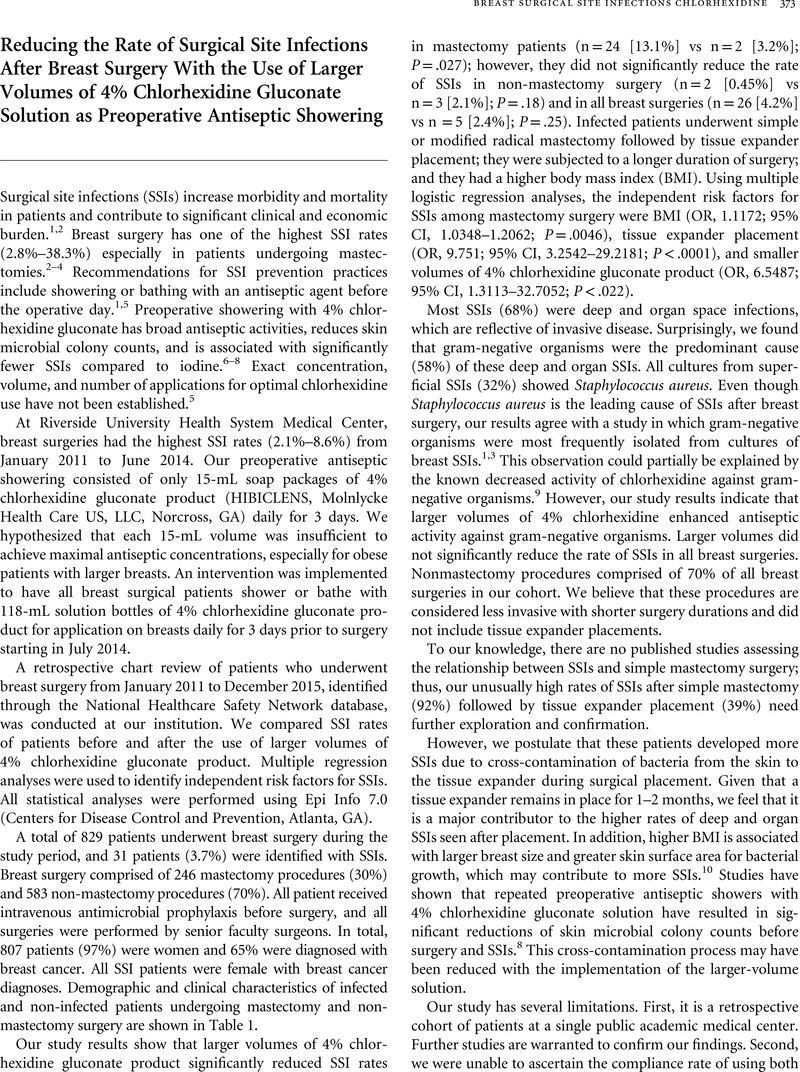Crossref Citations
This article has been cited by the following publications. This list is generated based on data provided by Crossref.
deKay, Karen
and
Wright, Renae
2021.
Clinical Issues—June 2021.
AORN Journal,
Vol. 113,
Issue. 6,
p.
645.



